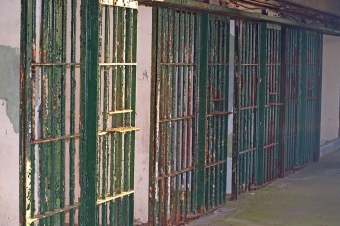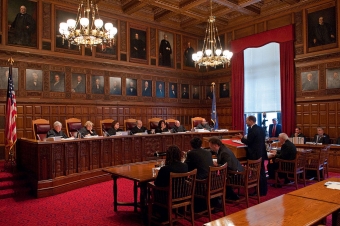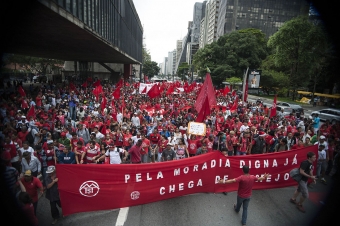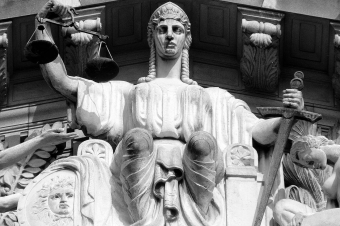Summary:
It is a simulation of a public hearing held by the OAB Federal Council to discuss the access of foreigners to Brazilian market law.
Objective:
The overall aim of the course is to develop the student's capacity of analysis and identification of transformation trends of the legal profession. The students should be able to construct an argument and position in the debate on legal professions, they would start from an institutional mission previously stipulated.
Dynamics:
- TEACHING METHOD: public hearing simulation and role-play.
- REQUIREMENTS: The students researched the background vision of the institution that they represented.
- INTRODUCTION TO THE DYNAMICS: it is a public hearing simulation held at the Ordem dos Advogados do Brasil (Brazilian Lawyers Order), in order to collect positions on the possibility of opening the Brazilian market of law firms to foreign offices. The activity was inspired by a public hearing organized by the Federal Council of OAB. At the week before the simulated audience, with the purpose of entering students in the mood of the activity, the professor displayed a poster that simulated the release of the public hearing. Furthermore, each group received an envelope containing a letter of invitation, like an official correspondence from OAB, describing which institution the group would represent at the hearing. Orally, the professor explained that students should enter on the website of the institutions, find out their institutional mission and reflect, at the public hearing, the institutional position of the represented body.
- DEVELOPMENT OF THE DYNAMICS: at the next class, students performed the activity in the auditorium, with appropriate clothing to a public hearing, personal identification with name and institution represented and formal treatment, so that the whole environment simulating the real environment of this type of meeting. At the time of the dynamics, the professor revealed his procedure, as is usual in real public hearings. The group speeches lasted five minutes and were interspersed among institutions that advocated the entry of foreign offices and those who were against this entry. Finally, there was a round of replication.
- END OF THE DYNAMICS: The professor formally thanked everyone and finished the public hearing.
- ATTENTION IN THE CLASSROOM: the number of favorable groups and against the ingress of office needs to be balanced. Simulate all the public hearing room details and remove students from the usual classroom facilitates the insertion of them in the activity.
Evaluation:
- FEEDBACK: During the next class, the professor resumed the debate and gave a general feedback about the activity and performance of the students.
- GRADE EVALUATION: the activity composed, along with other evaluations, part of the grade of "engagement on the proposed activities" which corresponded to 50% of the course grade.
Observation:
1) The dramatization is usually a good activity for students to overcome shyness.
2) If the professor already knows the class and the possible placement of their students on the topic, it is interesting that at least some of them have to represent institutions that defend different thesis of their opinion. This usually generates a more robust and well-structured argument.






